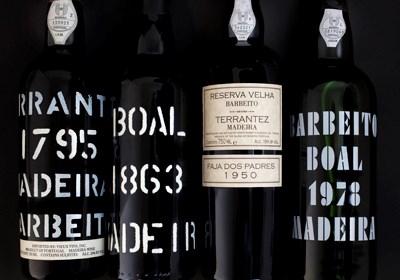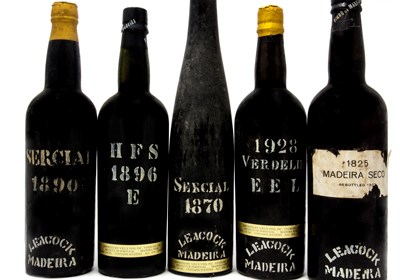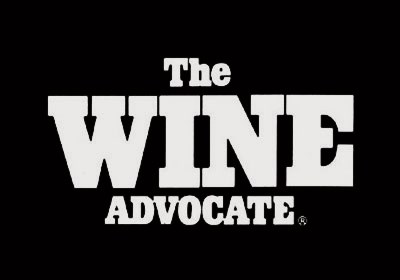
Which site would you like to visit?
By clicking the retail or wholesale site button and/or using rarewineco.com you are choosing to accept our use of cookies to provide you the best possible web experience.
October 2, 2009
The pounding of the rain in the new Barbeito winery, with its metal roof, was deafening. I’ve been visiting Madeira for more than twenty years and have never seen, or heard, anything like it.
A few clouds in the afternoon, and often some sprinkles, are normal in my experience, but nothing like this. I couldn't help but think about the October 9, 1803, flood that ravaged the island, tearing houses from their foundations and sweeping countless victims out to sea.
Last Wednesday's heavy rains apparently caused no loss of property or life, but it did bring this year's grape harvest to an early close. In many vineyards, a sizable part of the crop will be left to rot, while what is still harvested will have less concentrated sugar than had it been picked just before the rain. Ironically, the island's South Coast vineyards, which normally enjoy the sunniest weather, were hardest hit. As of this morning, the sun still hadn't come out along the South Coast, while the North Coast was basking in sun.
Given the structure of the wine trade in Madeira, it's not the producers who take the loss, but the small grape farmers, most of whom own much less than an acre of vines. The farmers suffer financially two ways: they get no income from the unharvested grapes, and their income is reduced for the grapes they bring in after the rain. (Today, the shippers encourage the island's farmers to produce better, riper fruit by paying for higher sugar levels.)
Madeira drinkers also have a lot to lose. Ever since the 1850s, when the vineyards were devastated by an Oidium epidemic, they have had a love-hate relationship with viticulture. The growing of grapes may be in their blood, and when everything goes well, it can be profitable. But even in Madeira's generous climate, Mother Nature can step in at any time, robbing them of much-needed income.
The trend over the past century for the South Coast's farmers has been to rip up their vineyards and replace them with, among other plants, banana trees—and the effects of Wednesday's rain can't help but hasten the process. Bananas are a more reliable crop, and they're also more profitable, as farmers can get two crops of bananas a year. Today, one finds more banana trees than vines in famous areas—like Cama do Lobos and San Martinho—once blanketed by vineyards. A generation from now, who knows what we'll find?





New discoveries, rare bottles of extraordinary provenance, limited time offers delivered to your inbox weekly. Be the first to know.
Please Wait
Adding to Cart.
...Loading...


By clicking the retail or wholesale site button and/or using rarewineco.com you are choosing to accept our use of cookies to provide you the best possible web experience.

